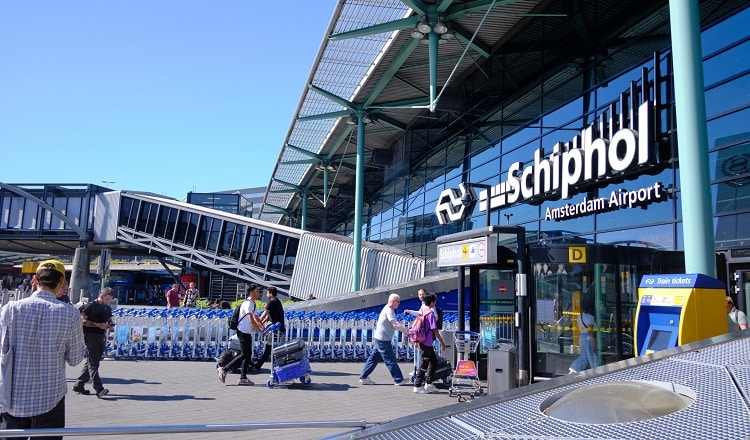
The Supreme Court has ruled in the case brought by airlines and IATA about the State’s plans to reduce its flight to 460,000 flights per year. The decision of the Amsterdam Court of Appeal that the Dutch State was allowed to implement two proposed measures to reduce noise pollution from Schiphol was not upheld. Under European rules, the measures must be subject to a balanced approach procedure. That is what the Supreme Court ruled today. KLM says that it agrees with the clearly substantiated ruling of the Supreme Court. ‘KLM wants to continue to connect the Netherlands with the rest of the world in balance with its environment. To this end, we have drawn up the plan cleaner, quieter, more economical, which shows that the common goal of less noise pollution can be achieved without reducing the number of aircraft movements.’
Background The case concerns summary proceedings concerning the ‘shrinkage’ of Schiphol Airport. Since 2015, the New Standards and Enforcement System (NNHS) has been applied, which is based on runway use that is as favourable as possible for local residents and on a maximum of 500,000 aircraft movements per year. Since then, violation of the legal noise standards has been tolerated if the standards of the NNHS are not exceeded. In 2022, the government decided to tighten the noise standards to better protect local residents around Schiphol from noise pollution. To this end, two measures have been announced. Firstly, it concerns the introduction of a temporary Experimental Scheme, with a maximum of 460,000 aircraft movements as a standard. Secondly, tolerance would come to an end. In the meantime, work would be done on a new legal regime. Subsequently, the parties from the aviation sector instituted summary proceedings against the State, directed against the intention to introduce the Experimental Scheme and to end the tolerance. The central question in the dispute is whether, in order to implement both measures, the State must go through the so-called procedure of the balanced approach that, according to a European regulation, applies to noise measures that entail an operating restriction for an airport. This procedure consists of a number of conditions that a State must meet in order to be able to implement appropriate measures to reduce noise standards. The impact of a measure on the operational capacity of the airport concerned should be as low as possible and the measure chosen should be both cost-effective and proportionate. Stakeholders must be consulted and any proposed action must be submitted to the European Commission in a timely manner. The preliminary relief judge of the District Court ruled that the procedure of the balanced approach had to be followed and prohibited the State from implementing the two measures. The State appealed against that decision. The Court of Appeal ruled that this procedure for temporary measures did not have to be followed and reversed the ban. The parties from the aviation sector appealed against this decision of the Court of Appeal to the Supreme Court. The Supreme Court ruled that the proposed Experimental Regulation stipulates that there is room for a maximum of 460,000 aircraft movements per year around Schiphol. According to the Supreme Court, the Court of Appeal’s opinion that the proposed Experimental Regulation does not prescribe numbers of aircraft movements and the Court of Appeal’s opinion based on this that the proposed Experimental Regulation is not unmistakably in conflict with the rules for an experiment in the Aviation Act (Section 8.23a of the Aviation Act) are incorrect and therefore cannot be upheld. Furthermore, the Supreme Court ruled that the Court of Appeal wrongly ruled that the proposed measures are exempt from going through the procedure of the balanced approach prescribed by European rules. Because the proposed measures have the effect of restricting access to or operational capacity of Schiphol by reducing the current number of permitted aircraft movements from 500,000 to 460,000 per year, the proposed measures can be regarded as a noise-related operating restriction within the meaning of the European Regulation. This Regulation does not provide a basis for exempting from the scope a temporary and experimental measure which has the effect of restricting access to or operational capacity of an airport. The State can therefore only introduce the proposed measures if the procedure of the balanced approach has been followed.